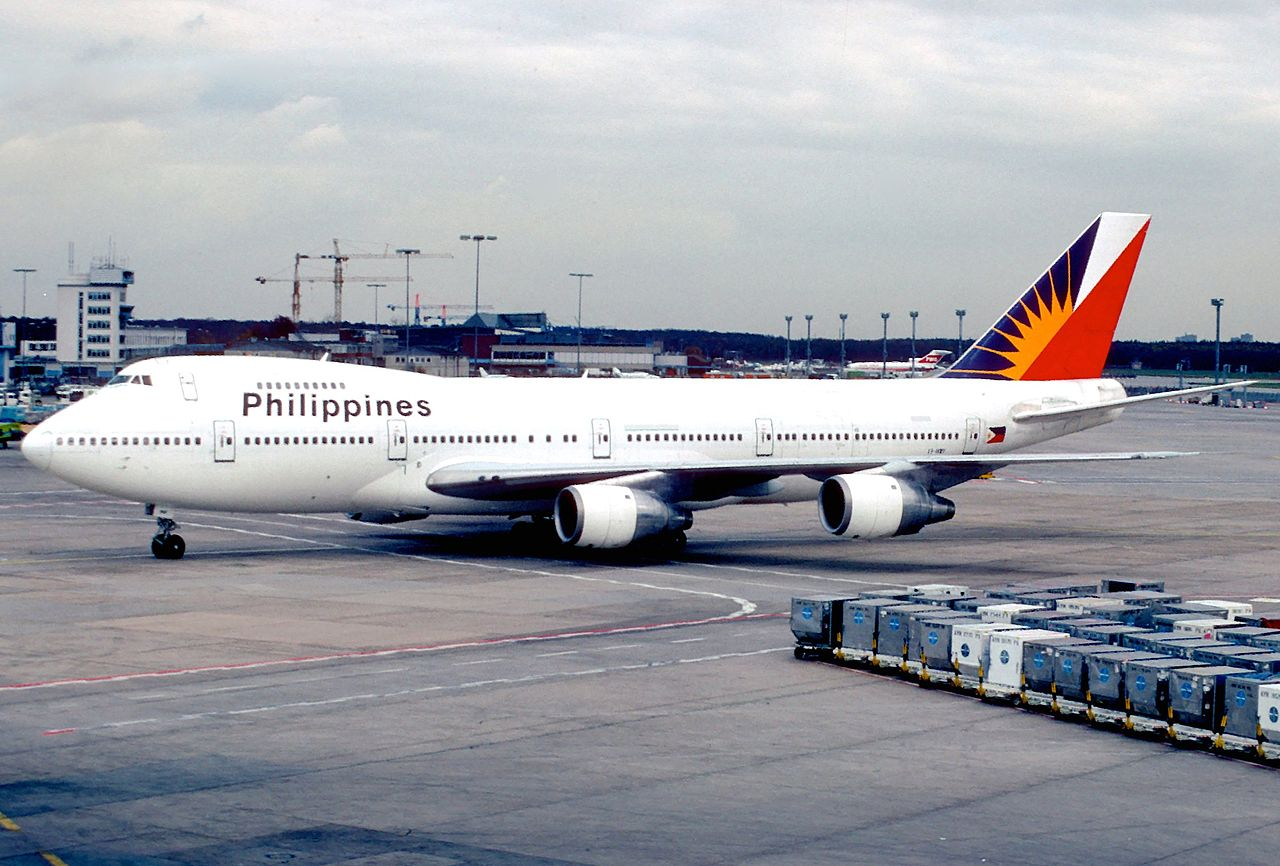Twenty-eight years ago, a Philippine Airlines Boeing 747 was seriously damaged by a bomb blast enroute to Tokyo. The shocking explosion damaged vital control systems and led to a harrowing experience for the crew and passengers onboard. Despite all the odds, the crew did a commendable job by safely landing the quad jet in Okinawa, Japan.
Flight Details
On the 11th of December 1994, a Philippine Airlines Boeing 747-200 with registration EI-BWF was performing flight 434 from Manila, Philippines to Tokyo, Japan with a stop in Cebu, Philippines. However, the aircraft was the subject of a bomb attack while it was operating the second leg of the flight from Cebu to Tokyo, which damaged the vital control systems of the aircraft and led to chaos onboard. Flight 434’s cockpit crew consisted of veteran Captain Eduardo “Ed” Reyes (58-year-old), First Officer Jaime Herrera (46-year-old) and Flight Engineer Dexter Comendador (34-year-old).
During the first leg of the flight from Manila to Cebu, one of the passengers named Ramzi Yousef planted a bomb onboard the aircraft. He assembled the bomb in one of the lavatories and placed the bomb under seat 26K with the timer set. Yousef is a Pakistani convicted terrorist who was also one of the main perpetrators of the 1993 World Trade Center bombing.
Yousef boarded the aircraft in Manila and after the aircraft was airborne, he went into one of the lavatories with his Dopp kit (Toiletry Bag) in hand and took off his shoes to get out the batteries, wiring, and spark source hidden in the heel. As he had hidden these things below a level that metal detectors in use at the time couldn’t detect, he made it into the flight with no obstacles. Yousef slipped through the security check with nitroglycerin hidden in a bottle of contact lens solution. He removed an altered Casio digital watch from his wrist to be used as a timer, unpacked the remaining materials from his Dopp kit, and assembled the bomb. He set the timer for four hours later, which was approximately the time at which Flight 434 would be far out over the ocean and en route to Tokyo during the second leg of its journey.
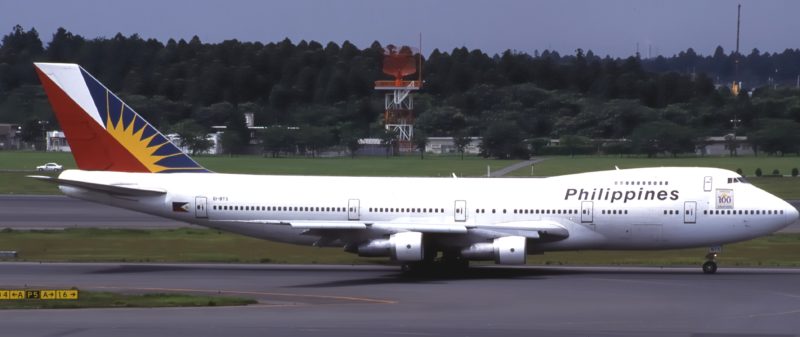
After assembling the bomb, he put the bomb back in his Dopp kit and returned to his current seat. As he had learnt that the centre fuel tank in some of the 747 models is underneath the seat 26k section, he asked for permission to move to seat 26K. The flight attendant granted him permission to move to seat 26K from his assigned seat after he claimed that he could get a better view from that seat.
Having managed to move to seat 26K, he managed to hide the bomb in the life vest pocket under seat 26K. He tucked the bomb into this seat, a window seat on the right-hand side of the aircraft, thinking it would cause severe damage, as it would impact the fuel tank underneath and most likely bring the aircraft down. Thankfully, the 747 performing the flight had the fuel tank further back due to its cabin configuration, making the seat 26K two rows forward of the center fuel tank. The plane landed in Cebu uneventfully where Yousef disembarked and more passengers bound for Japan boarded alongside a new cabin crew.
Explosion
Philippine Airlines Flight 434 took off from Cebu bound for Tokyo after a 38-minute delay due to airport congestion. Yousef’s seat 26K was taken by a 24-year-old Haruki Ikegami, who was returning from a business trip to Cebu. At 8:38 local time, the flight departed Cebu smoothly with 273 passengers and 20 members of crew onboard. However, while it was cruising over the sea to the east of Japan at 11:43 local time, the bomb exploded as planned.
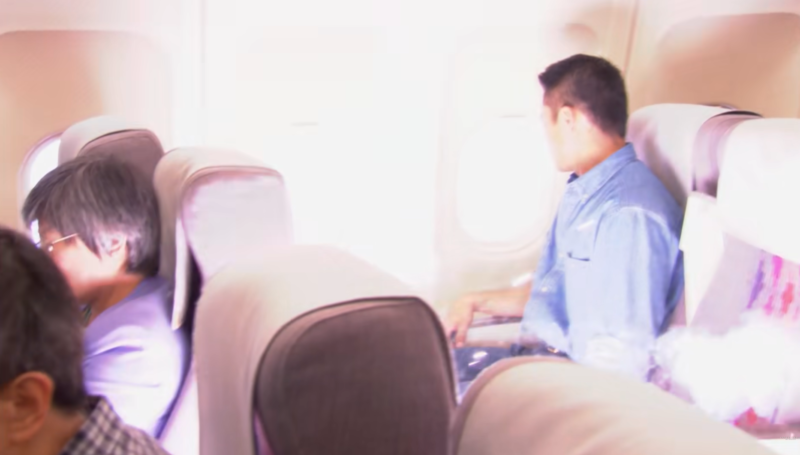
As the 747 had a dense configuration and seat 26K was not close enough to the fuel tanks, the blast didn’t affect the engines. However, the blast ripped a two-foot-square portion of the cabin floor toward the cargo hold underneath, killing one passenger and injuring 10 passengers in the adjacent seats. Following the explosion, the purser entered the cockpit saying,
“Sir, a bomb exploded. One dead, two wounded.”
“Take action,” Captain Reyes told Comendador.
The cockpit crew members were scared but handled the situation calmly keeping in mind that any errors could cost the lives of hundreds of passengers. Comendador monitored the cabin for depressurization. The pressurization alert lit up and the pilots proceeded to correct the pressurization problem.
“Oh no, there’s a hole!” Comendador informed Reyes.
“Sir, the smoke is too heavy below,” the purser told Reyes.
“Take action,” Reyes told Comendador.
“Sir, the smoke removal procedure is complete,” Comendador replied.
“Go down. Check if it was really a bomb,” Reyes ordered Comendador.
“Sir, it already exploded, it’s really a bomb!” Comendador replied.
The Flight Engineer entered the cabin and noticed that the bomb missed the engine narrowly. He found that the man who took Yousef’s seat fell through the hole created by the blast. Ikegami’s body was being held by the youngest cabin crew member and the cabin crew made it appear that he was still alive by placing an oxygen mask over his face so that his fellow passengers would not panic. The flight attendants filled the hole with a blanket.
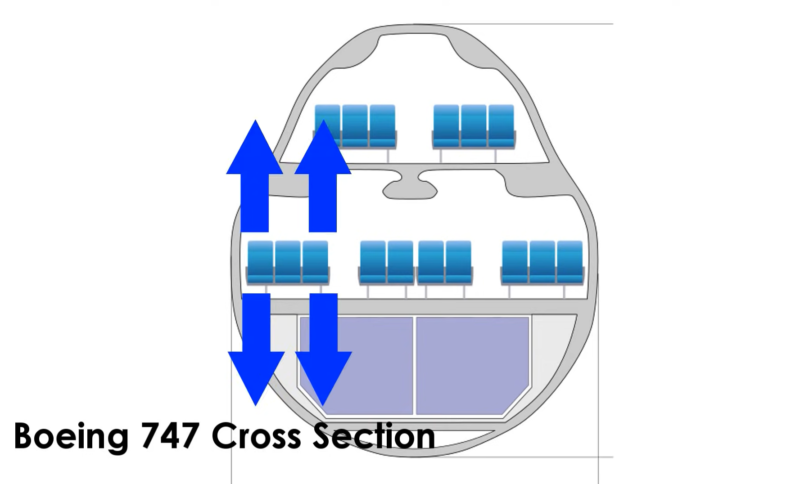
“If the hole had gotten any bigger, they all would’ve gotten sucked in,” Comendador said.
Furthermore, the blast caused the plane’s controls to stop functioning normally, putting the lives of everybody onboard the plane at risk. A number of control cables in the ceiling that controlled the right aileron, as well as cables that connected to the steering controls of both the Captain and First Officer were affected by the explosion.
Diversion to Okinawa
In this most trying of situations, Captain Reyes and his crew controlled the altitude of the plane via the throttle, as noted by the US Government Publishing Office. Flight 434 began to lose control of the plane’s autopilot mode and the pilots made the mayday call out to Japan’s air traffic control. However, after the Japanese controller responded in Japanese, an American controller from a US military base on Okinawa took over saying,
“Philippines 434 I’m taking over. I will vector you back to Naha.”
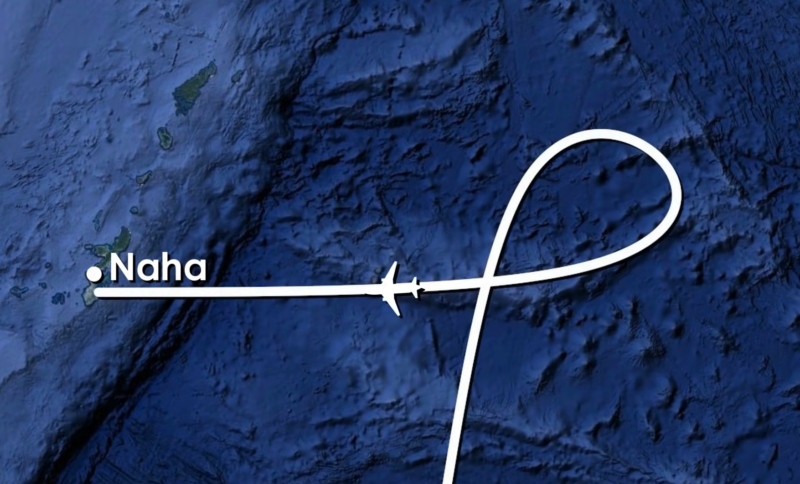
Captain Reyes kept the plane in the air for nearly an hour before making an emergency landing at Naha Airport. The crew disengaged the autopilot after the captain made an announcement to the passengers saying, “We’ll be landing at Naha soon, please remain in your seats and fasten your seat belts.”
Despite all the issues including the plane’s ailerons and elevators, the courageous actions and outstanding skills of the pilots helped avert a great disaster and save the lives of 272 passengers and 20 crew members and the aircraft landed safely at Naha Airport in Okinawa at 12:45 p.m., one hour after the bomb exploded. Flight 434 dumped fuel and was inspected inflight by a US Air Force Learjet before landing in Okinawa.
Conclusion And Aftermath
Following the emergency landing in Okinawa, the crew members were interrogated by the Japanese investigators for 12 hours. U.S. prosecutors stated that the device was a “Mark II” PETN “microbomb” constructed using Casio digital watches as described in Phase I of the Bojinka plot. The bombing of Flight 434 was a test run for that plan.
On Flight 434, Yousef used one-tenth of the explosive power he planned to use on eleven U.S. airliners in January 1995 as a part of the so-called Bojinka plot, a series of terror attacks planned by Yousef and Khalid Sheikh Mohammed that involved blowing up aircraft around the world. It was found that the bomb was designed with components that were designed to slip through airport security checks undetected. It used liquid nitroglycerin, which was disguised as a bottle of contact lens fluid.
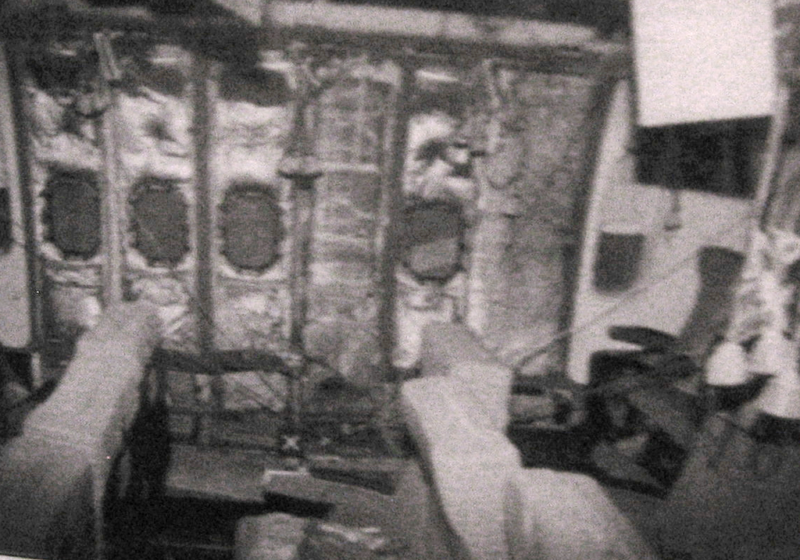
Police uncovered Yousef’s plan in January 1995 and Yousef was arrested a month later in Pakistan. He was then extradited back to the U.S. to face trial where he was given a life sentence with an additional 240 years in the New York Supreme Court.
The flight deck and cabin crew members were highly commended for their bravery and professional handling of the situation. Most of the crew members of PAL flight 434 resigned and migrated to other countries after the bombing incident, but the pilots stayed and continued their careers in the Philippines. Captain Eduardo Reyes moved to Cebu Pacific, retired in 2002 and passed away in 2007. The U.S. Government Publishing Office paid tribute to Captain Reyes saying,
“For his valour and clear thinking on December 11, 1994, and for his contribution to the fight against terrorism by testifying against Ramzi Yousef, I would like to commend Captain Reyes. The United States and countries throughout the world are indebted to him for these brave actions.”
Philippine Airlines still operates flight number 434 from Cebu to Narita which utilizes an Airbus A321 or A330. Alongside, the airline flies to both Tokyo Narita and Haneda from Manila.
Source: Wikipedia, Cebu Daily News


